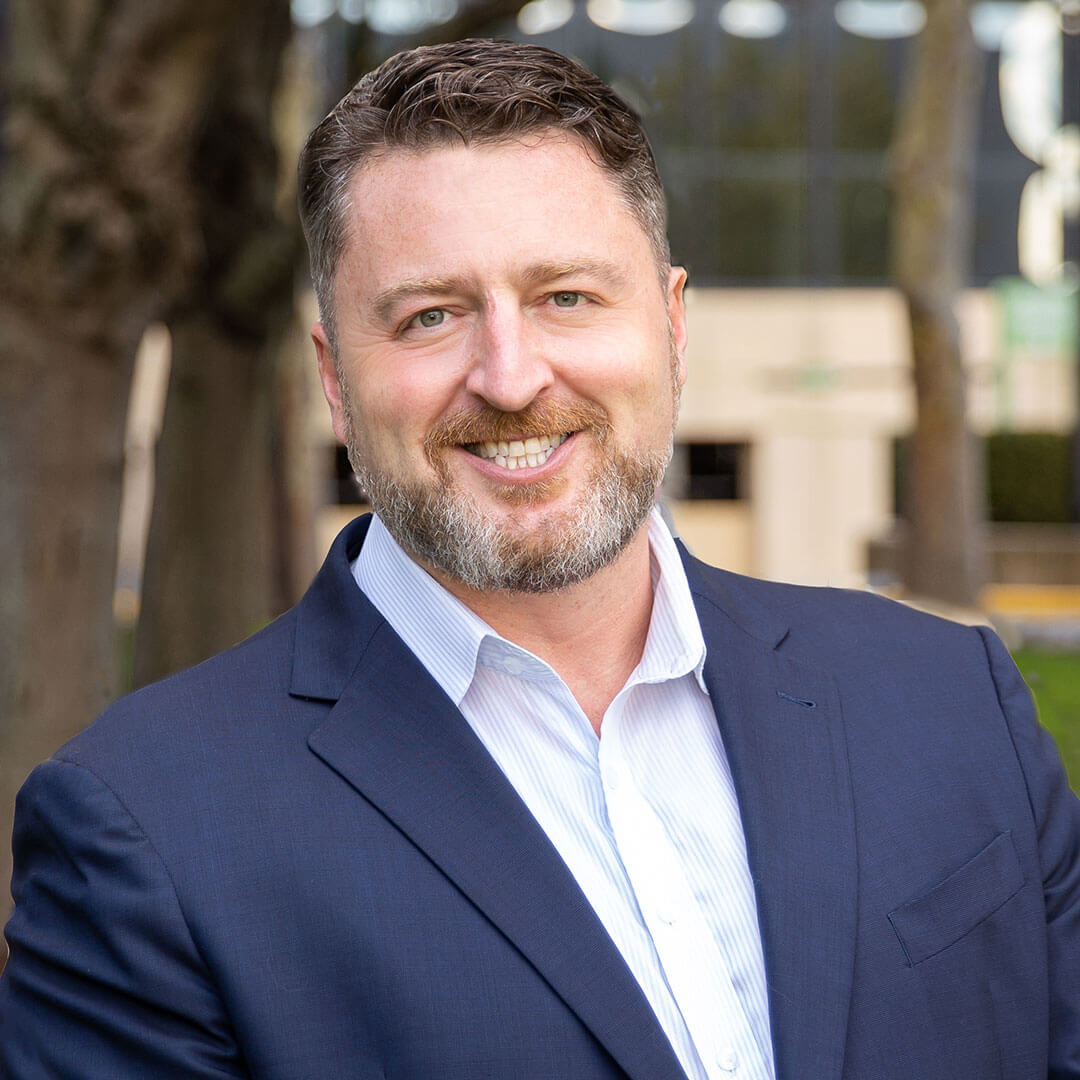Almost 40% of CEOs surveyed don’t think their companies will be economically viable a decade from now if they continue on the current path according to a recent PwC global study. Approximately 50% or more cited changing customer preferences, regulatory change, skills shortages, and technology disruptions as the forces likely to impact profitability, while around 40% said supply chain disruptions. PwC says companies are now racing to reimagine their place in the world.
Whatever their plans for reinvention, in today’s digital age, technology will surely be at the heart of them, and success will rely on timely implementation of solutions that allow the business to grow and change. By aligning IT activities with CEO priorities, CIOs can lend their considerable expertise to aid these efforts and advise how to gain meaningful insights from the data held within the company.
It’s going to mean close collaboration between leaders, aligning resources, technology vision and spend, as well as a strategic mindset. With another survey finding 71% of CIOs expect their role to become more strategic in the next 3 years, this could be the catalyst for making that shift. So how can IT manage this successfully?
2023 CEO Priorities
It could be argued that companies that have weathered the storms of the last few years – through COVID, supply chain and geopolitical volatility, and rising inflation – have already demonstrated their resilience. But with change the only constant right now, CEOs need to envision the future and know they have the capabilities to withstand future shocks. IT can help them manage that.
Pause and Pivot: A moment of reinvention
Findings from Gartner’s 2023 CEO and Senior Business Executive Survey also show this is a pause and pivot’ moment with leaders cautiously returning to long-term planning with a focus on productivity. These strategies must consider changed consumer and employee behavior and Gartner says technology remains a strategic focus for a third of senior executives, with automation rising in prominence since last year. It also advises next steps should include:
- Using data science to identify new ways to reengineer costs and devise better diagnostic measures to increase per capita output.
- Applying AI, CoBots, blockchains, and other new technologies creatively to generate deep digital productivity advances.
IT is in a great place to align with these activities, whether leveraging the data it holds within its own operations to forecast future asset demand, and make hardware or software cost savings and protect against potential price hikes or supply chain volatility in the future, or by working with other leaders to build a data-driven environment, as Subway IT did, to improve the customer experience and drive up digital sales.
CIOs and IT advisors can use their expertise to identify the technology that will assist productivity and business growth while helping to avoid shiny object syndrome as companies fall into the trap of investing in new technology to assist diversification, without a clear idea of how it can help them or how to manage it.
Tip: Make a list of potentially useful digital technologies and walk your CEO and leadership team through them, choosing three for deeper investigation and integration within your products and services.
ReadyWorks can help you align with CEO priorities to achieve business goals.
LET'S CHATCybersecurity
As businesses reliance on digital technologies increases, so does the attack surface. Latest figures show a 156% increase in data breaches worldwide between Q1 and Q2 2023, and the UK’s National Cyber Security Centre has highlighted a growing risk of attacks through chatbot manipulation.
IT must have visibility of the digital technologies being deployed across the business to protect data. It’s these teams who are experienced in managing the constant schedule of updates and patches and can advise on how best to incorporate new vendor technologies into the current estate to avoid haphazard growth and benefit from optimized performance and costs.
As recent cyberattacks on Caesars Entertainment and MGM Resorts have shown, however resilient your IT infrastructure is, a simple error can take down the company. The Forbes article highlights how cyber attackers are evolving their methods to avoid discussions with insurance company ransom negotiators and instead talk to the CEO! IT can demonstrate how it is protecting the CEO with clear visibility across the IT estate, and using data from observability tools, to assist with detection. And as social engineering methods become more sophisticated, IT must continue to educate users on the latest techniques.
Talent Retention
The PwC research suggests that today CEOs are more focused on talent retention than layoffs. As employees become more reliant on digital tools to manage their roles, technology will have a greater impact on user experience and a poor experience could be the catalyst for moving on.
By better aligning with the CEO’s vision, IT can ensure the right tools and technologies are implemented to support ongoing hybrid working policies or returns to the office and ensure tech doesn’t overwhelm end users, but assists rather than frustrates them. Observability tools will assist here too and it’s important that IT understands how to leverage the intelligence they provide to remove friction from the user experience.
The Net Zero Journey
An EY CEO Outlook Pulse recently found leaders are split in terms of how much to invest in sustainability, with just over a third prioritizing it in capital allocation decisions. It suggests a disconnect with investors who are more likely to favor decisions that lead to sustainable long-term value creation, even at the expense of short-term earnings.
The PwC study found that CEOs are more likely to act on climate change when they feel most exposed, and PwC suggests a coordinated long-term plan that breaks down the climate challenge into manageable chunks. Enterprise technology contributes significantly to global greenhouse gas emissions and by finding ways to track, reduce or offset and report on emissions, IT can assist CEOs in demonstrating progress against sustainability goals to attract potential customers and investors.
How well equipped is the IT organization to align with CEO priorities?
CEO strategies for growth will be complex and multifaceted – they may also be looking at mergers or acquisitions or to invest in new markets. By aligning with their priorities from day one, IT has a great opportunity to shift to a more strategic position. But, how well equipped are you and your organization to do this? Ask yourself:
- Do you have an IT organization structure in place to support this? Do you need to widen your talent search?
- Do you know where the data is held, within your IT estate and beyond, and can you access and use it to gain meaningful insights?
- Can you see any roadblocks to agility or to scaling up agility that worked in small scale projects? Do you need to address tech debt for example? Or will a reliance on manual processes mean IT falls at the first hurdle.
It’s clear that existing IT workloads aren’t going to disappear, so before you overpromise you must tackle challenges that could hold you back from successfully supporting the CEO vision. And if the business is continuing to invest in digitalization and automation, then shouldn’t IT do so too?
One tool, now highlighted as transformational in six Gartner hype cycles is a digital platform conductor (DPC). A DPC connects to disparate data sources and tools to provide you with real-time visibility into the IT estate from any angle, allowing you to use that data to deliver meaningful insights to assist your CEO’s priorities and leverage automation to successful implement change. Use a DPC to augment observability tool data and resolve vulnerabilities before they become an issue for users or to cybersecurity, simplify asset forecasting, and track, measure, and report on sustainability goals and more.
Book a demo with ReadyWorks to understand how a DPC will help your IT team to better align with and support the successful realization of your CEO’s vision.

